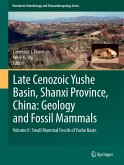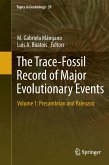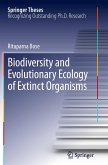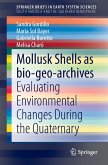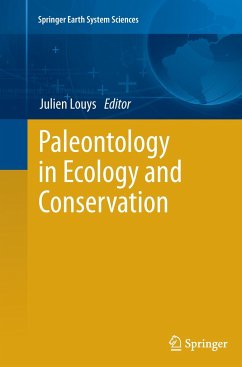Paleontologists and geologists struggle with research questions often complicated by the loss or even absence of key paleobiological and paleoenvironmental information. Insight into this missing data can be gained through direct exploration of analogous living organisms and modern environments. Creative, experimental and interdisciplinary treatments of such ancient-Earth analogs form the basis of Lessons from the Living. This volume unites a diverse range of expert paleontologists, neontologists and geologists presenting case studies that cover a spectrum of topics, including functional morphology, taphonomy, environments and organism-substrate interactions.
"The volume edited by Hembree et al. is a must read to specialists in experimental palaeontology. lt is also recommended strongly to professional palaeobiologists and ichnologists. Researchers in fossil arthropods, bivalves, crinoids, mammals, and some other creatures will find much useful there, too. Finally, some geochemists and sedimentologists have to pay attention to this book." (Dmitry A. Ruban, Zentralblatt für Geologie und Paläontologie, Vol. 2016 (3-4), December, 2016)
"This edited volume consists of 17 chapters organized into three parts: functional morphology, taphonomy and environment, and organism-substrate interaction. ... This volume will be of particular use for graduate students and those teaching graduate-level methods courses, where one can examine and compare numerous experimental designs and analytical techniques. ... there is much to recommend in this comprehensive and well-written volume for the student and professional paleobiologist ... ." (Christopher R. Noto, The Quarterly Review of Biology, Vol. 91 (3), September, 2016)
"This edited volume consists of 17 chapters organized into three parts: functional morphology, taphonomy and environment, and organism-substrate interaction. ... This volume will be of particular use for graduate students and those teaching graduate-level methods courses, where one can examine and compare numerous experimental designs and analytical techniques. ... there is much to recommend in this comprehensive and well-written volume for the student and professional paleobiologist ... ." (Christopher R. Noto, The Quarterly Review of Biology, Vol. 91 (3), September, 2016)



